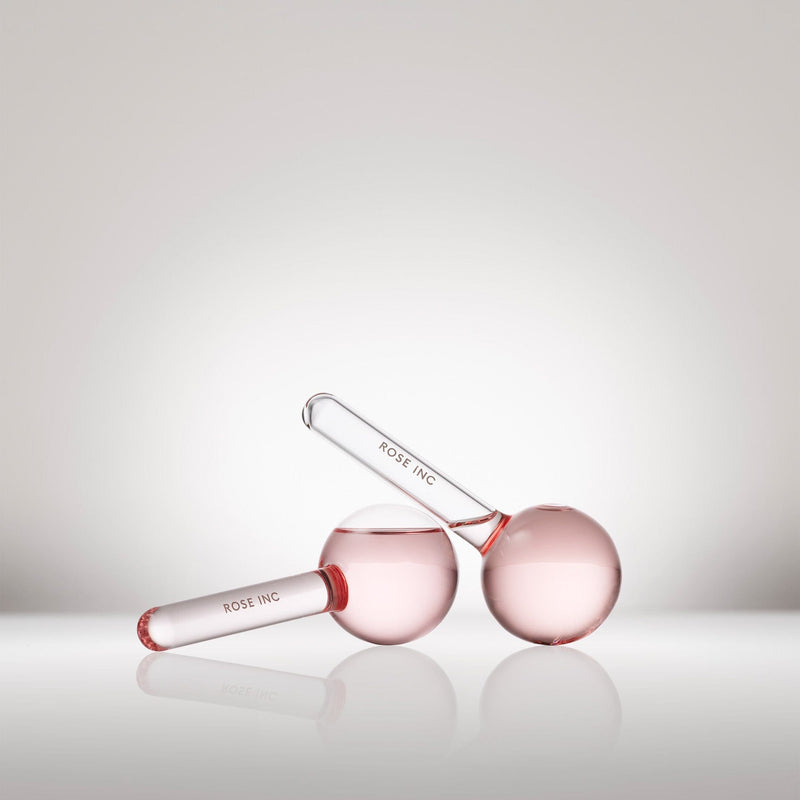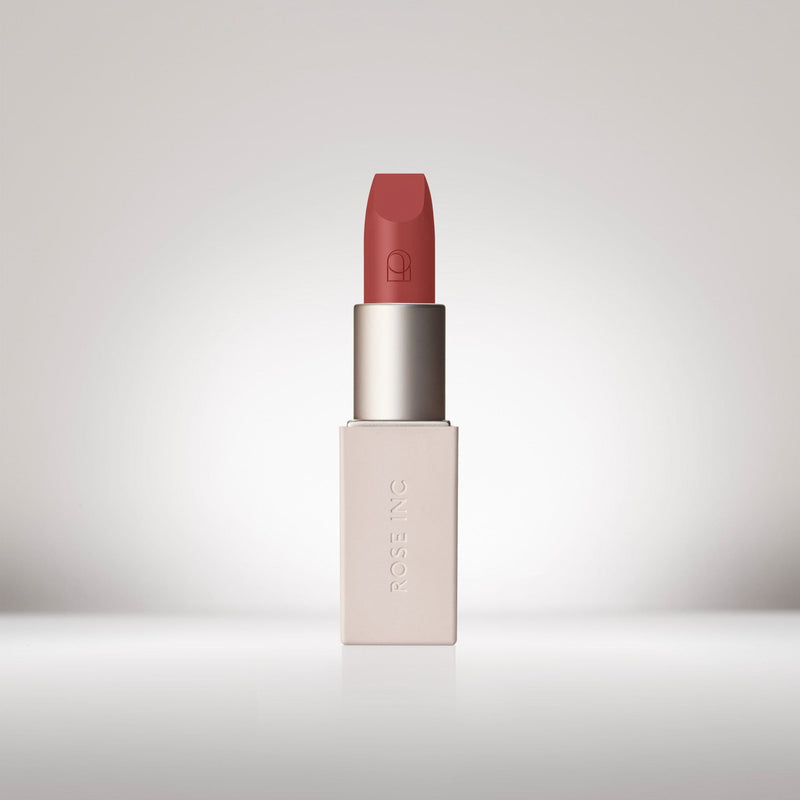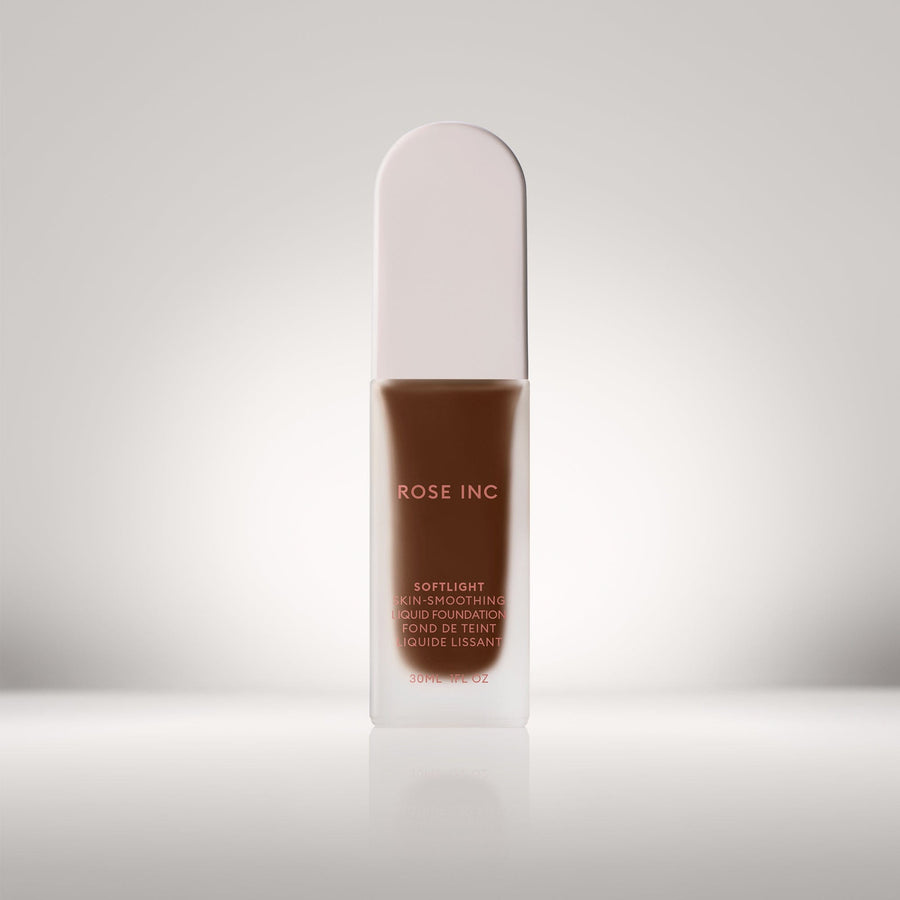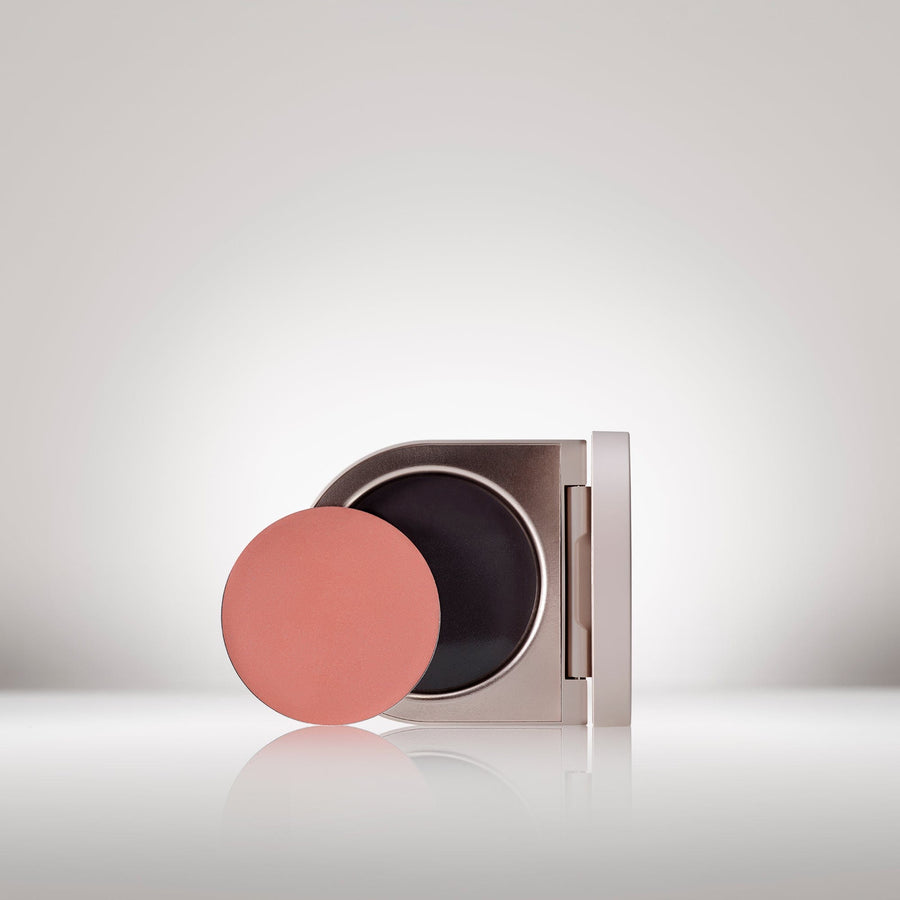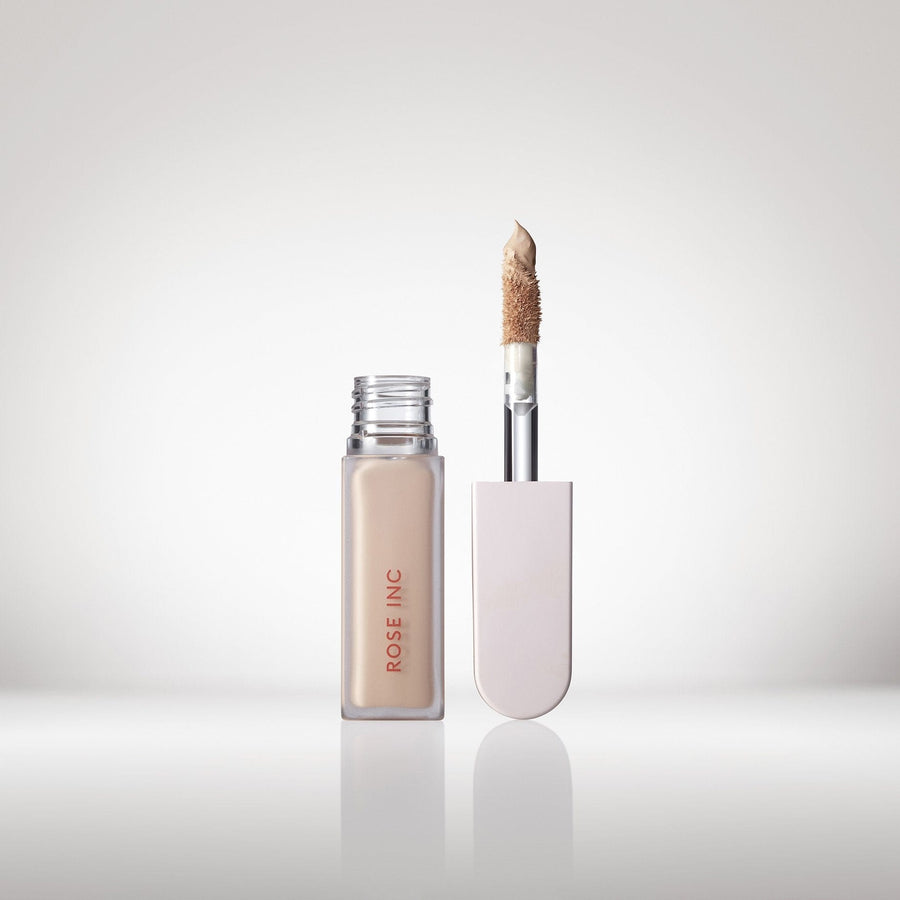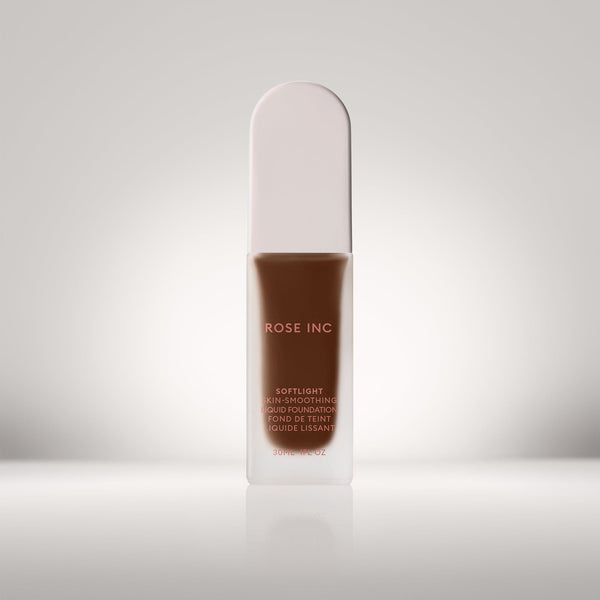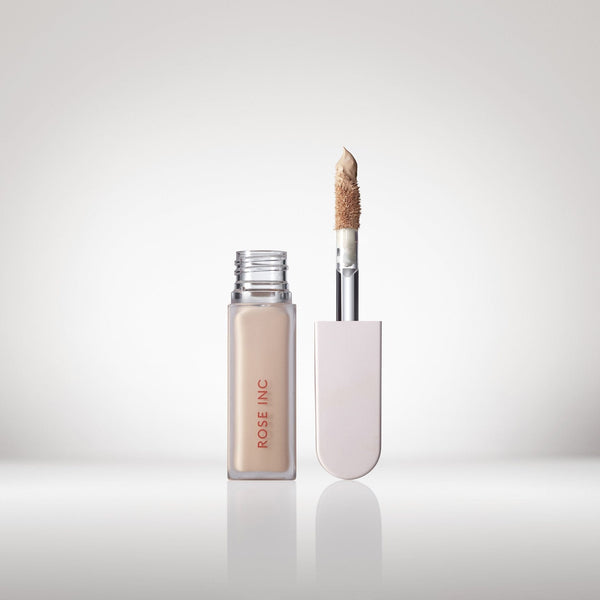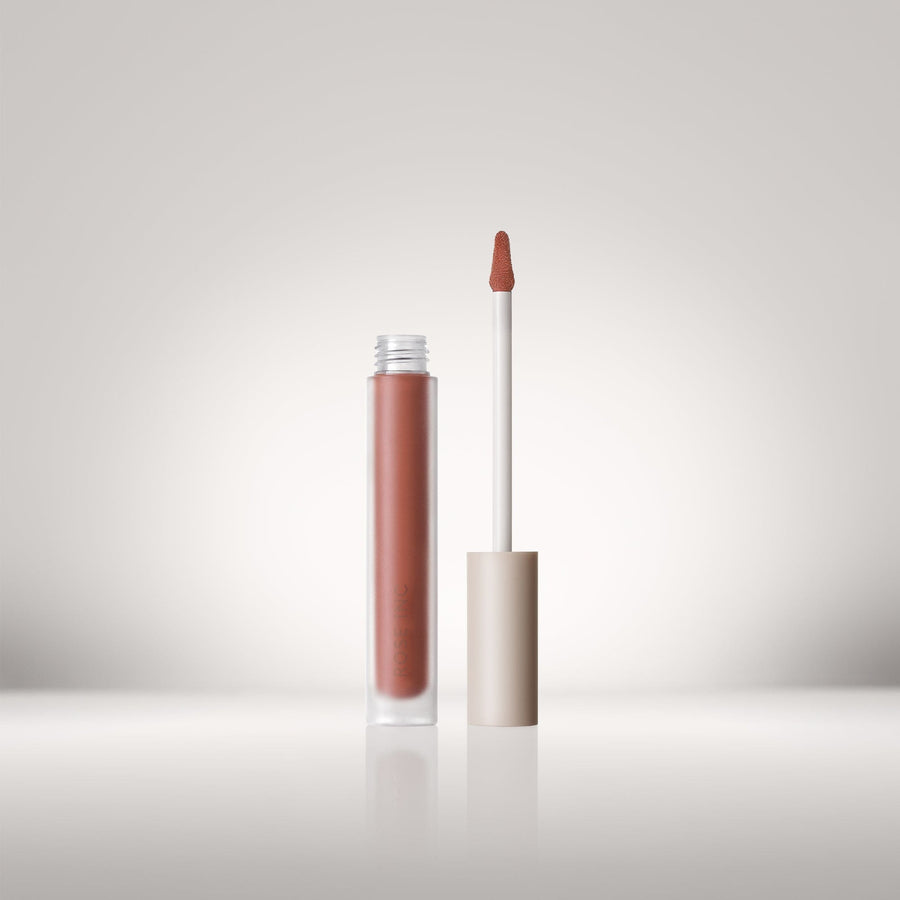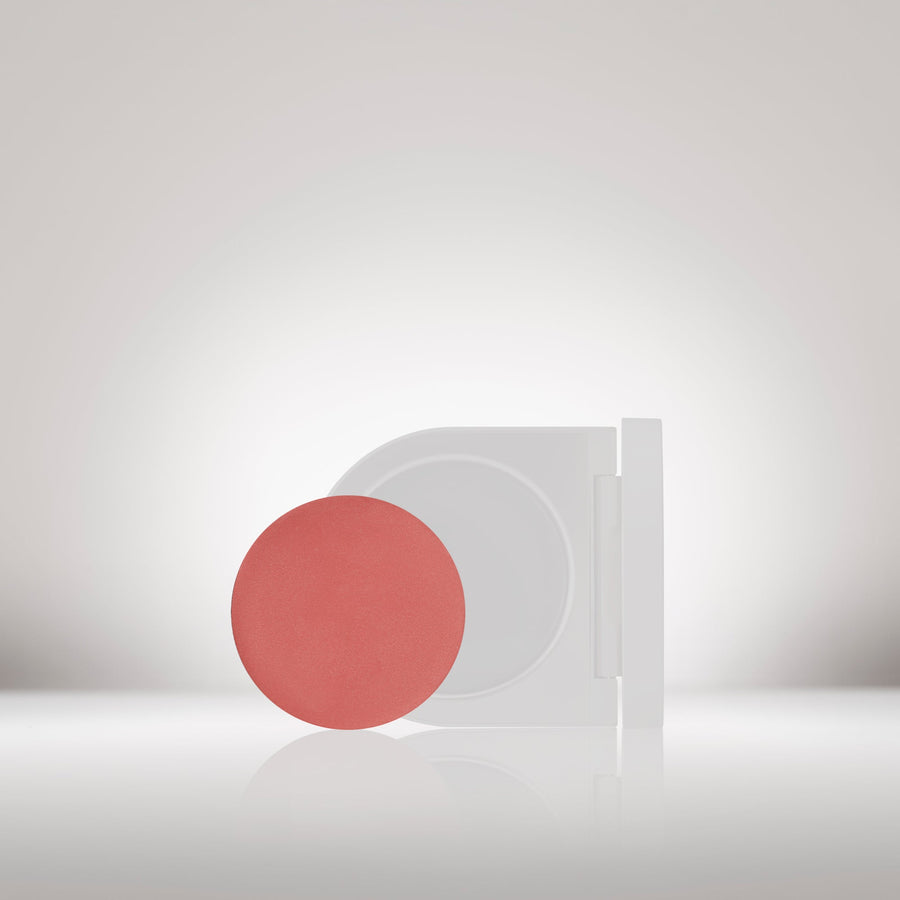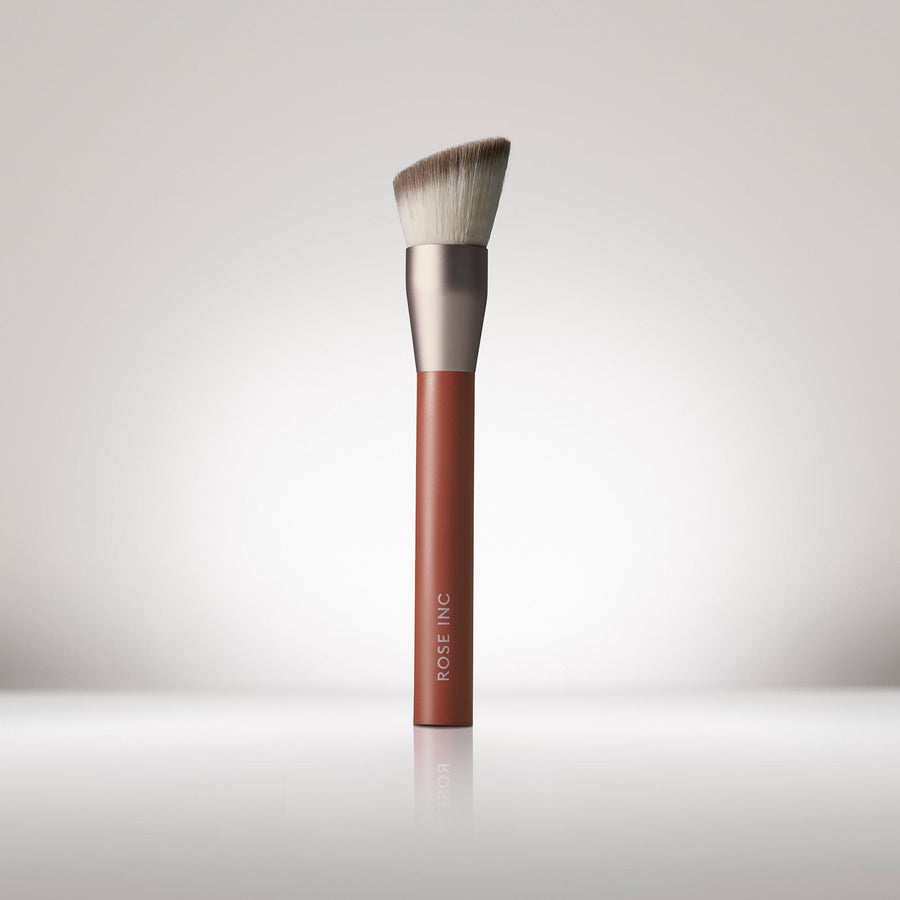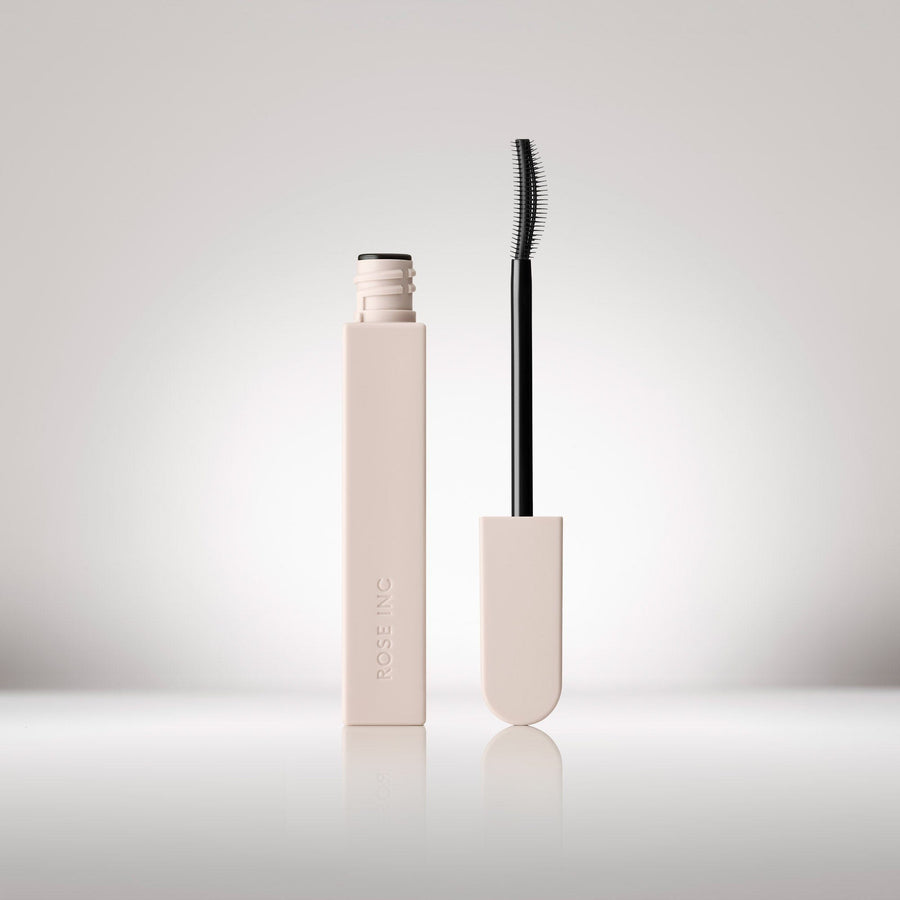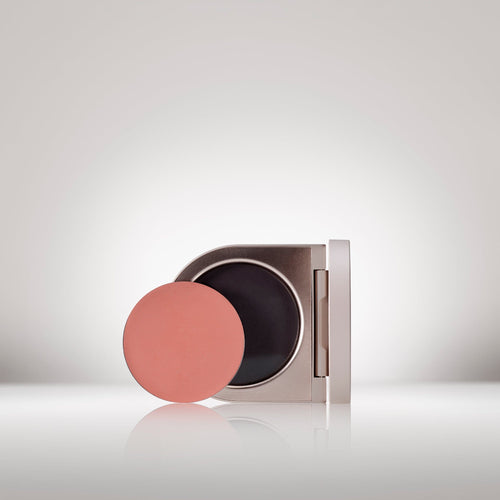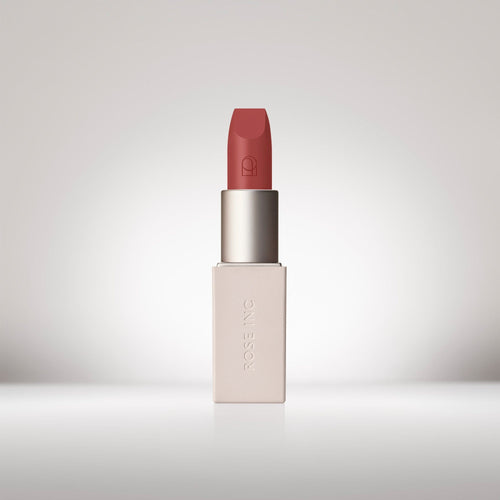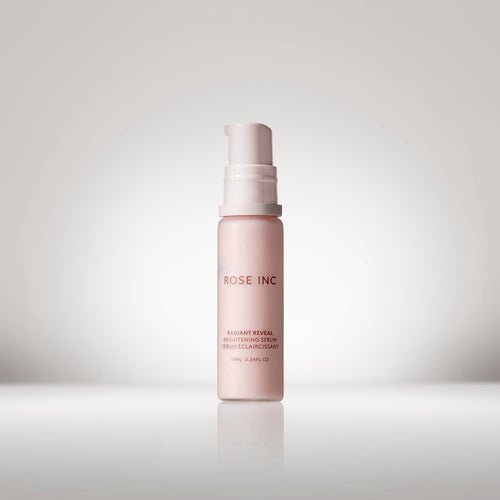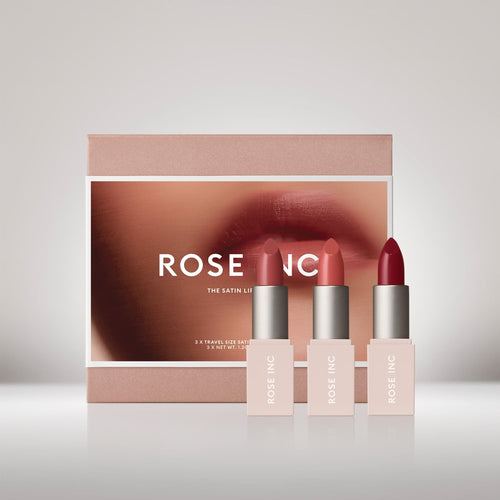Finding ‘shark liver oil’ on your face cream’s ingredient list might sound like an archaic concept from the era of whale blubber used in lipstick—which ended somewhere around the 1940s—but according to many marine life advocates, shark fishing for beauty products is still happening. Squalene, the name for the versatile oil often harvested from a shark’s liver, may sound familiar because it’s reentered the newscycle as an ingredient in COVID-19 vaccine trials, and now many experts are calling for its complete removal from everyday consumer goods. “Shark-derived squalene in beauty products is still a big issue,” says Stefanie Brendl, founder of nonprofit advocacy group Shark Allies. “Each industry hunting sharks needs to take responsibility for its impact.”
But how common is shark-derived squalene in cosmetics today? And what’s the difference between shark squalene and the squalane in a flurry of new beauty products? Rose Inc. investigates.








